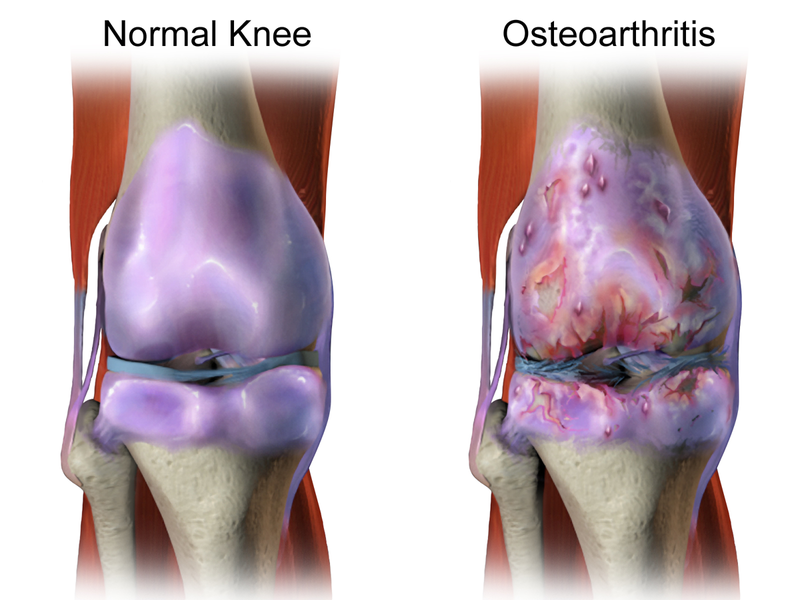For NASA, going to the moon and on to Mars is not a question of if, but when. What’s more NASA scientists are working on propulsion systems to allow humans to reach far beyond Mars, perhaps traveling light years. Sounds crazy, but in the 1800’s who could have imagined today’s modern technologies? We will one day be, to our descendants, that quaint backwater where life was lived so simply and crudely.
At the same time a couple of “mad scientists” are finally getting the recognition they deserve for ideas that were thought impossible just a decade ago. This recognition comes after successful tests of a technology that is not yet fully understood.
Last year IndustryTap reported on a new technology, known as “warp drive“, based on bending of space time in order to reach distant ends of the universe in days and weeks. But the idea has run up against skepticism although scientists continue to study it.
Reducing Cost Of Satellites, Space Stations & Deep Space Travel
British inventor Roger Shawyer, founder of SPR, Ltd. and creator of the EmDrive got some well deserved validation in the US this week when NASA tested an EmDrive like device that propels objects without the need for propellants. The device harnesses the power of resonating microwaves inside a closed system. “Thrust is produced by the amplification of the radiation pressure of an electromagnetic wave propagated through a resonant waveguide assembly,” according to Shawyer.
Last year, a Chinese research team recreated EmDrive independently validating the concept by producing 720mN or 72 grams of thrust, enough to put satellites into orbit using electricity generated from the sun.
NASA Test
The US this week tested the “Cannae Drive” based on a microwave thruster design by US scientist Guido Fetta. The experiment produced just 30-50 micro newtons, but if scaled would allow huge reductions in the cost of space travel and times. According to NASA,
“Test results indicate that the RF resonant cavity thruster design, which is unique as an electric propulsion device, is producing a force that is not attributable to any classical electromagnetic phenomenon and therefore is potentially demonstrating an interaction with the quantum vacuum virtual plasma.”
The Quantum Vacuum Plasma Thruster (QVPT)
To create a force, a cooled closed superconducting container filled with helium is bombarded with microwavess creating a dense flow of electrons and photons. Lorenz radiation forces push out against the sides of the container and flow up and out of it, creating thrust.
The following video shows the advance of propulsion over history and the most recent engine designs.
Related articles on IndustryTap:
- SpaceX Pushing The Limits For Private Space Exploration
- Most Impoverished City In America To House SpaceX’s Commercial Launch Facility
- Rosetta Spacecraft Is Orbiting a Comet! Becomes First To Ever Do It…
- Eurobot Rover Driven On Earth By Astronaut 250 Miles Above It, On The International Space Station!
- United Arab Emirates Sending Uncrewed Spaceship to Mars by 2021
- Watch This Robot Repair Itself in Outer Space
- NASA Space Rover Being Tested Under Alaskan Ice
- Will the MX-1 Lunar Lander Win the New Space Race Worth $30 Million?
- Lunar Exploration Missions Believed to Be the Key to Our Survival
- World’s Largest Vacuum Chamber Simulates Deep Space Environment
References and related links:







